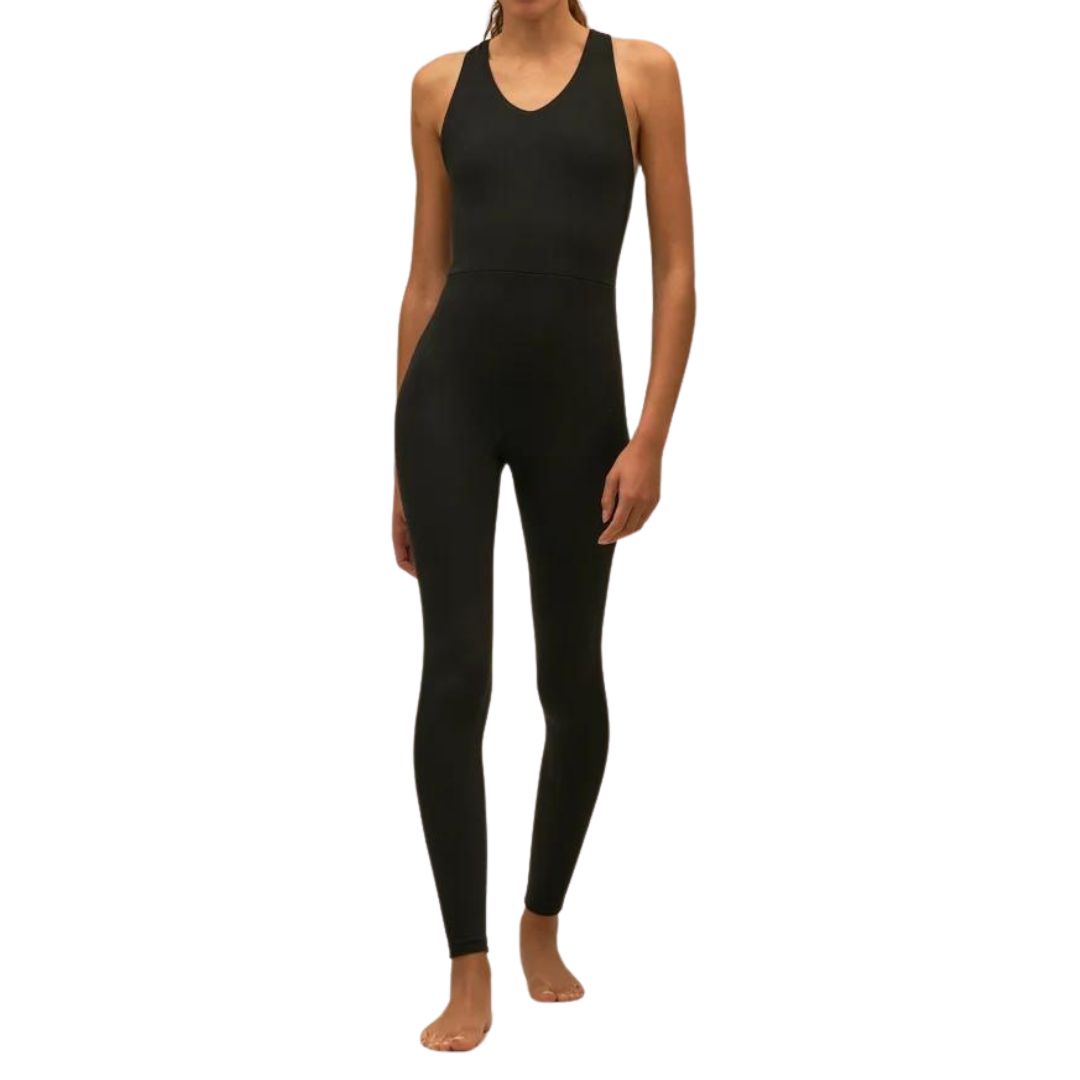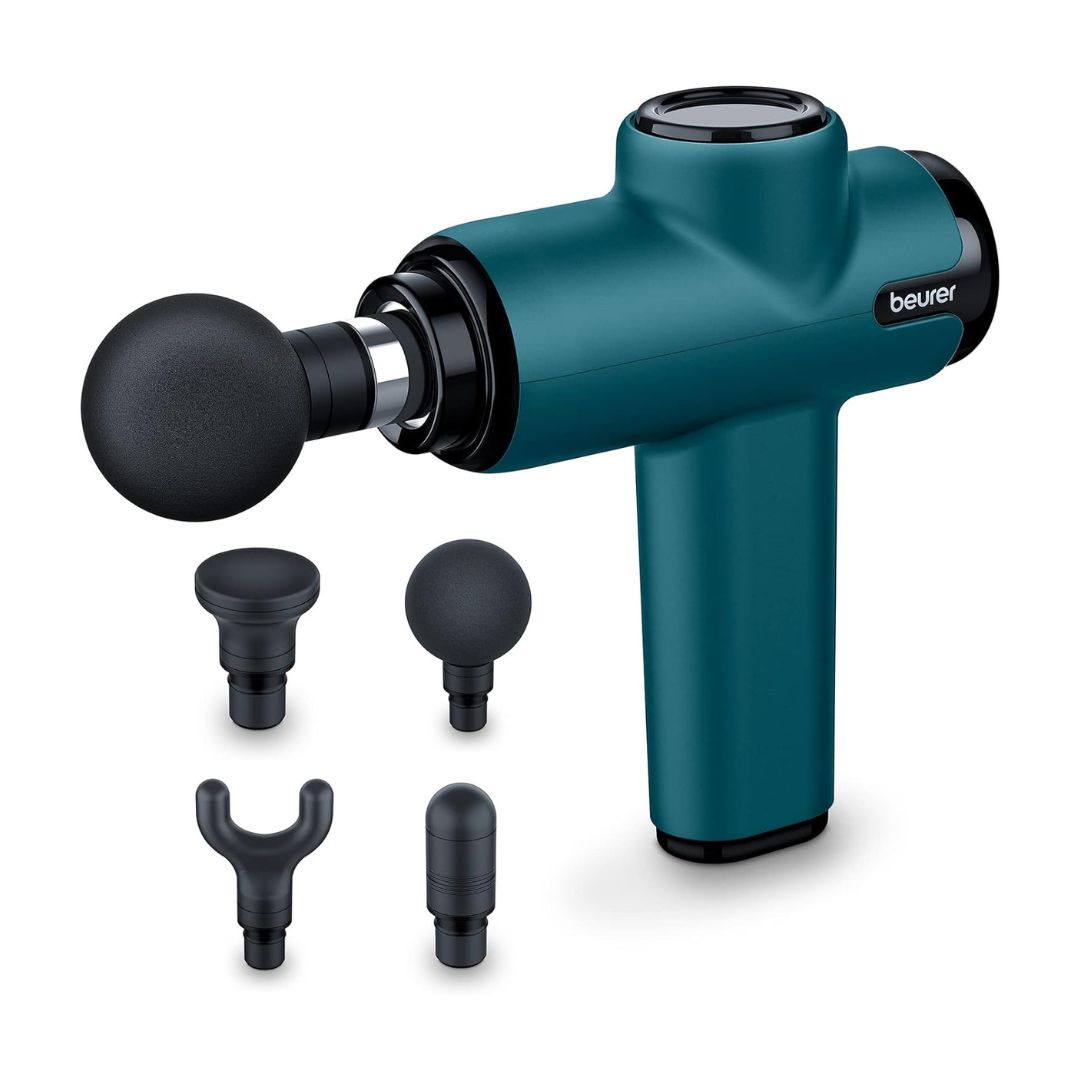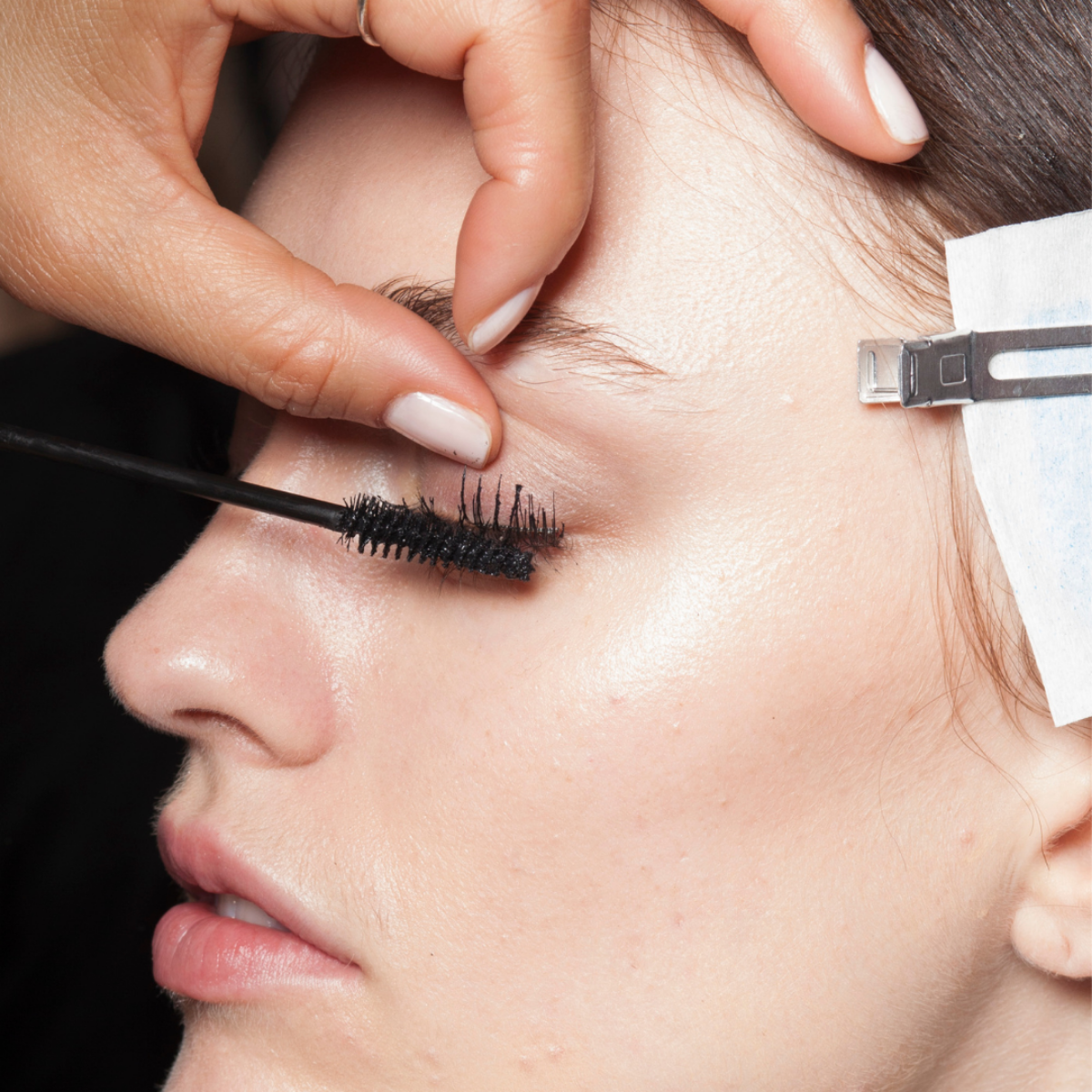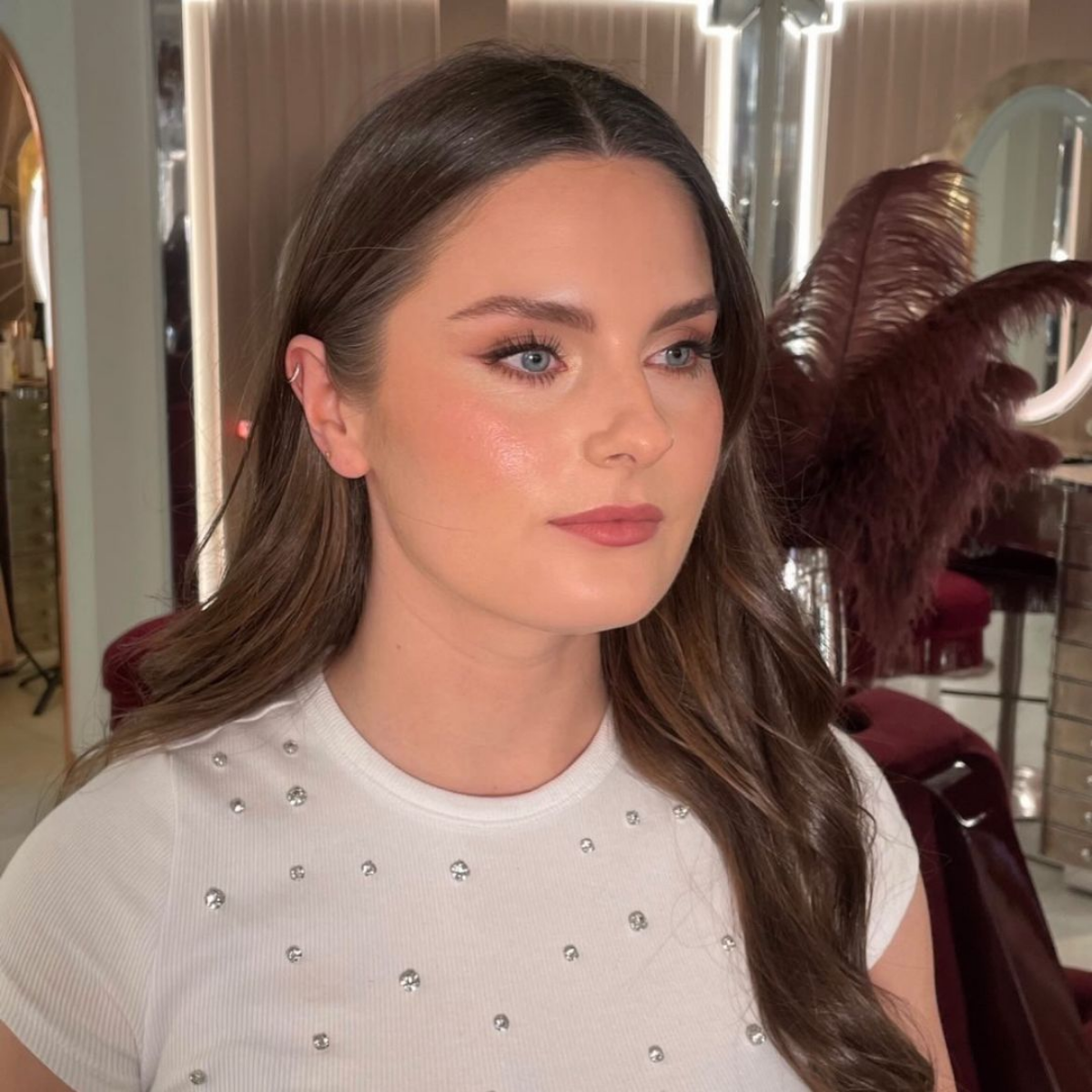Gwyneth Paltrow is thought to be a fan of red light therapy for your vagina - so, can it really boost pelvic floor tone and sexual function?
Helpful tool or harmful fad?


You can hardly scroll TikTok or Instagram at the moment without seeing a wellness influencer using an LED face mask as part of their Sunday self-care routine. Used by the likes of celebrities including Victoria Beckham, Kourtney Kardashian and Suki Waterhouse, the at-home, space-age devices, which promise to help with a range of skincare issues spanning acne, dark spots, wrinkles and more, are arguably the ultimate skincare status symbol right now, with Industry Arc stats predicting the global LED mask market will be worth $600 million by 2030.
That said, earlier this year one celebrity took the LED fad one step further by posting about her use of the red light tool for her vagina. Actress Gwyneth Paltrow’s brand Goop ran a piece on red light’s "renewing effects on the vagina," claiming benefits spanning a "nonhormonal, noninvasive approach to promoting pelvic floor muscle tone," not to mention improved sexual function, and intimate well-being.
While here at MC UK we're all for taking care of your down there, especially during periods of change like menopause or childbirth, we wanted to dig a little deeper into the science and ask top experts whether red light therapy has actually been proven to boost gynaecological health in the way Paltrow's site claims. It's worth adding that the brand does include a disclaimer in the piece - ("This article is not, nor is it intended to be, a substitute for professional medical advice, diagnosis, or treatment and should never be relied upon for specific medical advice"). That said, if you've been struggling with your sexual function, pelvic floor or intimate wellbeing recently, the article might have caught your attention.
Below, we've spoken to four top gynaecological experts for their take on the emerging trend, plus assessed whether it's actually worth trying. Does the at-home device really deliver on its claims, or might it be yet another high-end product that promises to be a "cure-all" promoted by Paltrow to shift sales through her wellness website? Keep scrolling to find out.
As Gwyneth Paltrow raves about red light therapy for vagina - your expert-backed guide
What is a vaginal LED therapy device and how does it work?
Currently, there are only a handful of at-home LED therapy devices on the market. Goop recommends the Joylux vFit Gold, which is currently only available in the US at a retail price of $395. However, alternatives have already begun springing up in the UK, such as the vSculpt by Joylux, which is available to purchase at renowned beauty tech brand Currentbody.
Wondering, what do LED masks do and how could they possibly boost vaginal health? Well, the small, wand-like intravaginal devices promise to use infrared light, gentle heat and vibration to stimulate the rejuvenation of vaginal tissue.
“LED triggers a photochemical reaction, which calms down inflammation and also triggers a healing process. But it takes a while - it’s not a quick fix,” shares Emma Gould, a registered nurse and managing director at the Women’s Health Clinic.
Marie Claire Newsletter
Celebrity news, beauty, fashion advice, and fascinating features, delivered straight to your inbox!
As the LED mask aficionados among us already know all too well, red light therapy has indeed been proven to be anti-inflammatory and wound-healing. In the context of intimate health, our experts share that these at-home devices are designed to encourage vaginal muscle and nerve tissue cells to regenerate and increase blood flow.
What are the benefits of using a vaginal LED therapy device?
As it stands, scientific research on at-home vaginal LED therapy devices is limited - though there is extensive research on the benefits of red light therapy for facial concerns, such as acne, scarring, and skin ageing. However, at-home devices such as the Joylux vFit Gold and vSculpt are marketed as beneficial to anyone with a vagina, and particularly those looking to improve sexual function or tone their pelvic floor - neither of which have been conclusively proven by current research.
In truth, the majority of the experts we spoke to confirmed that the true extent of the efficacy of at-home vaginal LED therapy devices is yet to be proven.
That said, there is an impressive breadth of research into internal vaginal laser treatment more broadly (LED is a low-level type of laser), spanning all the way back to the 1970s. Though lasers are a slightly different technology to LED therapy, both fall under the umbrella term of "vaginal rejuvenation," both setting out to encourage the regeneration of cells in the vagina for the sake of improving intimate health.
One study by the Royal College of Obstetricians and Gynaecologists found laser treatment to be a promising potential treatment option for women suffering from genitourinary syndrome of menopause, a chronic condition usually involving vaginal dryness, soreness and bleeding. Similarly, another pilot study from 2021 found that low-level laser therapy provided sustained relief for pelvic pain, though further studies were needed.
That said, as with all of the other preliminary research on the potential benefits of LED use on the vagina, there simply isn't enough research to conclusively prove that it can help with symptoms.
@drspf ♬ Paris - Else
What do the experts reckon?
Gould developed a nurse-led laser treatment for women experiencing a wide range of intimate health issues and, according to the nurse, at-home vaginal LED devices are highly unlikely to pose any risk to users. That said, she also stresses that they won’t be nearly as strong or effective as clinic-based laser treatment.
“It’s not going to cause any harm to a patient," she confirms. That said, she goes on to add that it also "probably won't" fix some of the longer-term problems like menopause, atrophy, or childbirth trauma. What it does do is "help stimulate blood supply, which I think a lot of women want, especially when they’re sexually active,” Emma explains.
The benefit of clinical treatment is the close supervision of a healthcare professional, who can help determine the right course of treatment for you personally. “We do examinations, so rather than just giving everyone the same treatment, we look more deeply at the issue [and tailor the treatment plan accordingly].” On this point - Gould actually stresses that, if you are experiencing any of the issues mentioned above, lasers might not be the best solution. That's why going to a professional is so important, as it allows someone who is medically qualified in the area to help you figure out the best way to proceed. “We might prescribe medication, HRT, or lubricant – there are a range of other tools that can help as well," she adds.
Dr Paula Briggs is a consultant in sexual and reproductive health based at Liverpool Women’s NHS Foundation Trust, which is one of the first NHS trusts (along with King’s College London) to use laser treatment for intimate health concerns such as urogenital atrophy symptoms linked with menopause (think painful sexual intercourse, lack of lubrication, or bleeding after sex). While sceptical about the at-home LED devices, she is a staunch advocate of in-clinic laser therapy. "It definitely works,” Briggs says. “I could count on one hand the number of women who haven't responded to that particular treatment, and they tend to be really severely affected. We need good quality UK-based studies to show that women do respond.”
Evi Bakali, a consultant obstetrician and gynaecologist at The Harborne Hospital, agrees with Briggs and adds that there isn’t enough scientific evidence to prove the efficacy of at-home LED vaginal devices at current. “They haven't been proven to improve women’s symptoms," she confirms, going on to point out that medical health professionals more thoroughly regulate the lasers used in hospitals.
In-clinic vaginal laser treatment isn’t without its risks either, though. One study from 2019 found that while laser therapy is proven to have positive outcomes for some women, complications such as scarring and fibrosis have also been documented, despite Briggs describing the risk of harm as “absolutely minimal”.
And when it comes to the pelvic floor toning that Goop’s favourite at-home LED therapy devices claim to promote, experts remain similarly sceptical. “Presently, in the UK, LED therapy devices are relatively new in the field of pelvic floor rehab with limited evidence base,” explains Amanda Savage, specialist pelvic obstetric and gynaecological physiotherapist.
@goop ♬ original sound - tiktokcontent
So, is the rise in interest in vaginal LED therapy devices problematic?
While many women undoubtedly turn to laser treatment (and their convenient at-home alternatives in the form of handheld LED devices) in a bid to heal a wide spectrum of vaginal issues or improve their intimate wellbeing more broadly, there is a dark side to this trending technology.
In 2018, the US Food and Drug Administration (FDA) issued a warning against the rise of unqualified practitioners and lack of regulation in this emerging industry, with FDA commissioner Scott Gottlieb stating that the agency was “deeply concerned women are being harmed." Case in point: these treatments falling under the umbrella term of "vaginal rejuvenation" are still not approved by the FDA.
Another issue with this kind of technology being - often deceptively - advertised as an aesthetic treatment. It's predominantly medical in nature, yet results in a rise of unqualified non-medical aesthetic professionals performing the treatment.
Not to mention, the prospect of women flocking to non-medical aesthetic professionals for a "vagina facelift" or "designer vagina" is riddled with toxic undertones. Sadly, a lack of regulation has resulted in certain private aesthetics practices marketing the treatment this way.
Ultimately, we’ve got to give it to Goop - if there’s one thing their article has done, it’s opened up a necessary conversation about female intimate health. Bottom line? The only way to pave the way for more research and regulation in the world of vaginal LED and laser is to talk about it more candidly.
Shop MC UK approved health products:

Keen to invest in some new workout kit and love the idea of currently trending unitards? BAM is always our first stop for sustainable, soft and sweat-wicking gear that doesn't cost the earth, either.

Massage guns show no sign of slowing going anywhere soon, promising to help you ease muscle aches, pains and stiffness from the comfort of your own home.

The best sports bras, in our humble opinion, are supportive and performance-focused, but also cute, too. Adanola has long designed kit with fashion and function in mind, as this butter yellow colourway highlights.
What is a pelvic floor red light therapy device?
As we've discussed above, red light therapy devices for vaginal use are tools marketed as improving pelvic floor strength, sexual function, and intimate well-being. That said, while there are plenty of studies on the efficacy of LED light for facial usage, there simply hasn't been enough scientific research to prove these claims as conclusively true as of yet.

Katie is a freelance writer who studied for an MA in Magazine Journalism at City, University of London. She discovered her passion for lifestyle journalism after finishing her BA at The University of Oxford. As a self-proclaimed cardio-phobe, you can likely find her on a workout mat doing a low-impact Pilates workout or testing out a buzzy new Reformer studio class. She has covered topics spanning health and wellbeing, beauty, celebrity news and interiors for publications such as Cosmopolitan UK, HELLO!, Well + Good and Livingetc.
-
 I get lash lifts regularly—here’s how I combat 'lash dehydration’, as per expert advice
I get lash lifts regularly—here’s how I combat 'lash dehydration’, as per expert adviceHow I've got my flutter back on track...
By Rebecca Fearn
-
 I tried Charlotte Tilbury’s bridal make-up service for my wedding, and *loved* it—here’s everything you need to know
I tried Charlotte Tilbury’s bridal make-up service for my wedding, and *loved* it—here’s everything you need to knowOne of my favourite beauty experiences to date
By Tori Crowther
-
 Prince Harry's "proud" words about wife Meghan Markle are going viral
Prince Harry's "proud" words about wife Meghan Markle are going viralBy Jenny Proudfoot